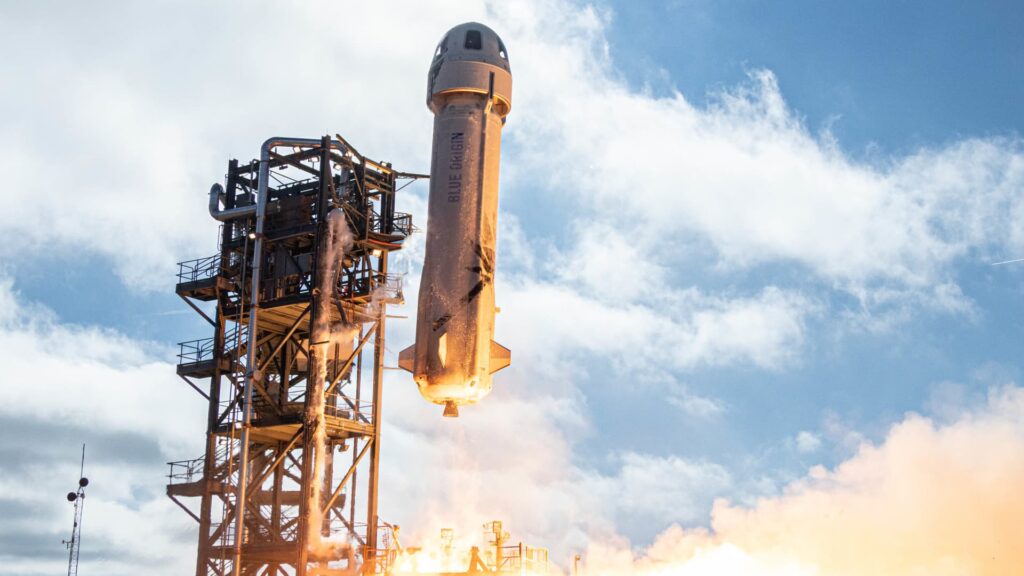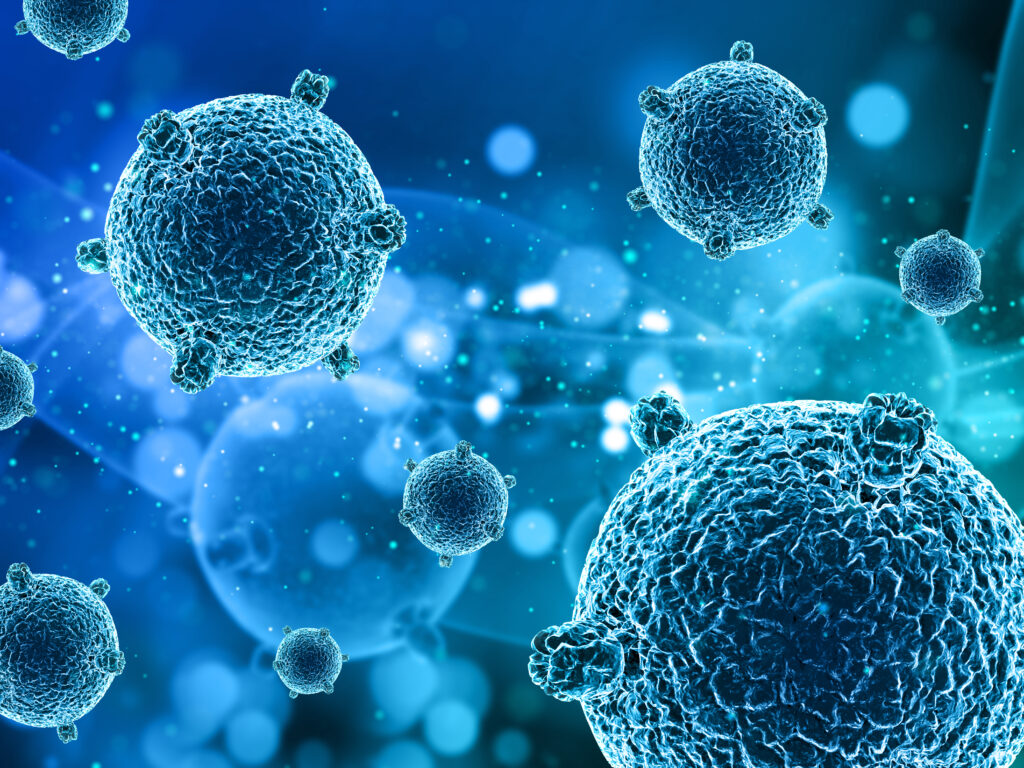A new, durable artificial photosynthesis device can double the effectiveness of using sunlight to break down salt and freshwater, producing hydrogen that is then used to make fuel cells.
The device can be reprogrammed to convert carbon dioxide into fuel.
Hydrogen is the most clean-burning fuel, with water being the only emission. However, hydrogen production isn’t always sustainable. Traditional methods rely on electricity or natural gas. The method developed by a new technology known as direct solar water splitting only requires light and water from the sun.
Green hydrogen has been recognized as an important factor in reaching the goal of climate neutrality. It is a crucial element in the process of decarbonization since other methods of producing hydrogen are carbon-intensive. Green hydrogen is made using clean energy derived from renewable sources that are surplus such as wind or solar power, and is used to break water into oxygen and hydrogen molecules through electrolysis. The gas produced can be used to burn safely without generating any emissions.
What is Artificial Photosynthesis?
Artificial photosynthesis, similar to natural photosynthesis, is the process of energy transformation where light energy is transformed into chemical energy. Carbohydrates, like sugars and oxygen, are produced from sunlight, carbon dioxide and water. Artificial photosynthesis is a man-made attempt to gain the advantages of nature’s counterpart but achieve the same results with the help of more effective and controlled systems designed by humans. Using artificial photosynthesis makes it possible to create fuel in the consolidated network, eliminating transitory energy carriers.
Artificial photosynthesis uses light as energy to transform carbon dioxide and water into useful substances like fuels and other chemicals. The process is similar to how plants utilize sunlight to transform these substances into the oxygen we breathe and the sugar we consume. There are various methods to perform artificial photosynthesis; however, they all have key steps. First, a light-absorbing substance is used to capture the energy of sunlight. The energy then breaks down water molecules into oxygen and hydrogen. After that, hydrogen is mixed with carbon dioxide to create useful substances like methane and other hydrocarbons. The possibility of artificial photosynthesis as a sustainable energy source is immense. If we can perfect this technique, it can be a way to power our buildings and homes without creating any harmful emissions. It may also offer the ability to create gasoline for trucks and cars without using fossil fuels.
What Is Green Hydrogen & Its Role In a Clean Economy?
Before getting into the specifics of what makes hydrogen “green,” it is important to know that there are many categories or “colors”–of hydrogen based on manufacturing methods. The three most well-known are blue, grey, and, more recently, green. Each has its own manufacturing process that produces diverse byproducts and storage techniques.
Grey hydrogen is made through methane as an energy source, producing carbon directly when it is manufactured. It is the most commonly used method of production due to the availability of natural gas and ease of production.
While it utilizes the same manufacturing process as grey hydrogen, blue hydrogen stores the CO2 produced underground. This reduces the amount of carbon released into the atmosphere and its environmental effects.
Green hydrogen utilizes an electrolysis process powered by renewable power sources, such as solar or wind. The resulting product is not a result of CO2 emissions, as opposed to the process of producing gray and blue hydrogen.
Advantages Of Green Hydrogen
This energy source has advantages and disadvantages, which we need to note. Let’s look at the most important positive points:
100 % sustainable: Green hydrogen does not release pollutants in combustion or production.
Storable: Hydrogen is simple to store. This makes it easy to store it later for different purposes at other times than right after production.
Versatile: You can transform green hydrogen into synthetic gas or electricity. This is excellent for use in industrial, commercial or mobility reasons.
Real Green Hydrogen
We have vehicles that run on hydrogen and liquid water as fuel sources. However, it requires a lot of energy to produce hydrogen. “Green hydrogen” is merely a sign that we obtain the energy needed to make it through the sun or a windmill but not the fossil fuels of gas, coal or oil. Photosynthesis is the process of energy directly derived from the sun, requiring a solar panel to provide power first.
No fake trees, but huge surfaces needed
What would the world look like if artificial photosynthesis became the norm? Do we have artificial trees and artificial leaves all over the place to meet our energy requirements? You require huge areas to absorb light, CO2 gas, and water (vapor). It is possible to achieve this through solar panels mounted on the roofs. Also, we can put photosynthesis units in the desert during the day, working and capturing water vapor in the evening. There must be many more different ways to use this kind of setup. Once we successfully solve the price problem of the reactions itself, the next step will be optimizing devices for large-scale applications.”
It would be great if we could use seawater because it is not scarce. We would then use a device that cheaply produces energy with free sunlight, seawater, and CO2. Fossil energy would be far too expensive in comparison.
Potential Future Impact
The widespread acceptance of artificial photosynthesis is some time away because it’s not as economical as fossil fuels. However, numerous benefits are expected from this technology’s development and widespread acceptance. It will simultaneously provide fuel for future aircraft and freight lines while reducing our huge amounts of carbon dioxide emissions that are recognized as the primary source of greenhouse effects.
The effects of the fueling of the transportation industry are positive. Although current technology favors the utilization of ethanol for transporting goods and people, Artificial photosynthesis has many advantages. Unlike biomass power, artificial photosynthesis won’t compete with arable land.
Suppose you’re thinking of an enhanced space journey. In that case, artificial photosynthesis offers the potential to provide an ongoing supply of oxygen and food that can fuel the development of colonies on the space horizon in the coming years. The Mir Space Station and the International Space Station have already successfully employed an electrolysis process that uses water to extract oxygen from water and reuse water from their dehumidifier tube. Further, it’s thought that an operating artificial photosynthesis system could provide the foundations for an autonomous atmosphere far from our solar system.
When the world becomes aware that the non-sustainable carbon footprint of fossil fuels won’t help their future generations in the same way that they did their grandparents in the past, the search for carbon-neutral energy will commence in earnest and in the end, artificial photosynthesis is ready to supply the goods, without destroying the earth. The capability to capture solar energy, then convert it into electricity in a form that can be stored for later use is a game changer in the quest for a safer, cleaner world.



